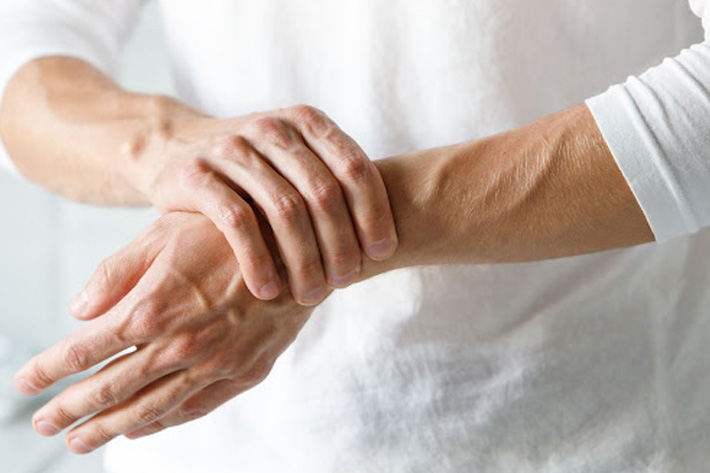Osteoarthritis is a degenerative joint disease that commonly affects the elderly population. It occurs when the protective cartilage that cushions the ends of bones wears down over time, leading to pain, stiffness, and reduced mobility in the affected joints. While there is no cure for osteoarthritis, there are several management strategies that can help alleviate symptoms and improve the quality of life for elderly individuals. Here are some key aspects of managing osteoarthritis in the elderly population:
- Medications: Nonsteroidal anti-inflammatory drugs (NSAIDs) are commonly used to reduce pain and inflammation associated with osteoarthritis. Acetaminophen (paracetamol) may be recommended for individuals who cannot tolerate NSAIDs. In some cases, topical creams or gels containing NSAIDs may be used to provide localized pain relief.
- Physical activity: Regular exercise is crucial for managing osteoarthritis. Low-impact activities such as walking, swimming, and cycling can help improve joint flexibility, strengthen muscles around the joints, and reduce pain. Elderly individuals should work with a healthcare professional or physical therapist to develop a tailored exercise program that suits their abilities and limitations.
- Weight management: Maintaining a healthy weight is important for reducing stress on weight-bearing joints, such as the hips and knees. Weight loss, if necessary, can help relieve pain and slow down the progression of osteoarthritis.
- Assistive devices: The use of assistive devices, such as canes, walkers, or braces, can help reduce joint stress and improve mobility for elderly individuals with osteoarthritis. These devices provide stability and support during daily activities.
- Physical therapy: Physical therapy can be beneficial for elderly individuals with osteoarthritis. A physical therapist can design an exercise program tailored to an individual’s specific needs, provide manual therapy techniques, and offer guidance on proper body mechanics to reduce joint strain.
- Heat and cold therapy: Applying heat or cold to the affected joints can help alleviate pain and stiffness. Warm baths or heating pads can relax muscles and improve joint mobility, while cold packs or ice packs can help reduce inflammation.
- Assistive devices and modifications: Simple modifications to the living environment, such as using handrails, raised toilet seats, or adaptive tools, can make daily activities easier and reduce joint strain.
- Complementary therapies: Some individuals find relief from osteoarthritis symptoms through complementary therapies such as acupuncture, massage, or transcutaneous electrical nerve stimulation (TENS). While evidence for their effectiveness is mixed, they may be worth considering in consultation with a healthcare professional.
- Surgical interventions: In severe cases where conservative management approaches are not effective, surgical interventions like joint replacement surgery may be considered. These procedures can provide significant pain relief and improve joint function, but they are typically reserved for individuals with severe joint damage.
It’s important for elderly individuals with osteoarthritis to work closely with healthcare professionals, such as primary care physicians, rheumatologists, or orthopedic specialists, to develop a personalized management plan. Treatment approaches may vary depending on the severity of symptoms, individual health status, and personal preferences.





